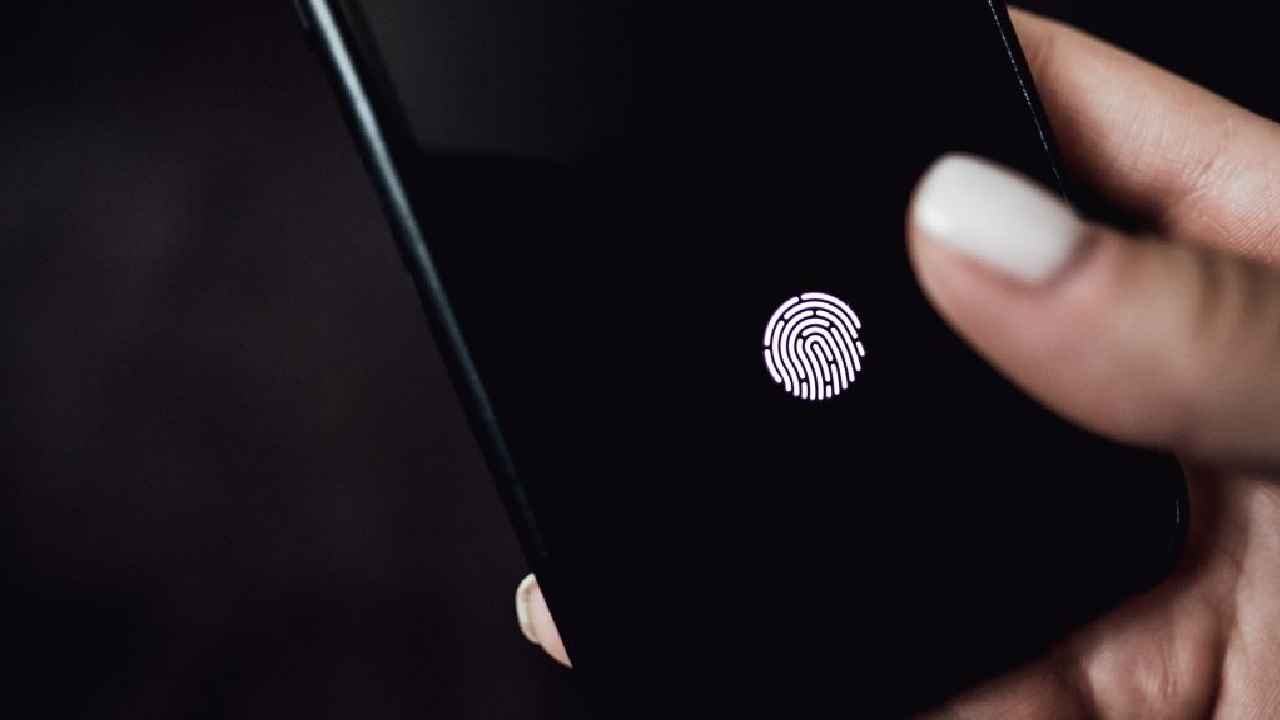Qualcomm’s new 3D Sonic Max ultrasonic fingerprint sensor is bigger, can scan two fingers at the same time
Qualcomm announces new 3D Sonic Max fingerprint sensor
The new sensor is 17 times bigger than the current fingerprint scanner
Qualcomm says that the technology will be available by 2020

Qualcomm has announced the next generation of its Ultrasonic Fingerprint sensor called the 3D Sonic Max. the announcement came amidst the reveal of the next generation of Qualcomm SoCs at the Annual Qualcomm Tech Summit in Hawaii. The biggest take away from the announcement is the significantly increased area of the sensor.
 Survey
SurveyThe new 3D Sonic Max sensor from Qualcomm sports an area of 20mm X 30mm. the current ultrasonic fingerprint sensor found in the Samsung Galaxy S10 and Note 10 in comparison measures just 4mm X 9mm. This puts the new sensor at roughly 17 times the size of what has been available in the market for now. While the use of ultrasonic waves in of itself has been a fairly reliable way of unlocking devices, the small sensors were the weakest link in the chain.
Earlier this year, it was shown how any fingerprint could be used to unlock the Samsung Galaxy S10 smartphone, with the vulnerability coming down to the tiny size of the fingerprint sensor. The 4mm X 9mm size was only able to register and capture a small part of the actual fingerprint, making it easy to spoof. With the bigger sensor, Qualcomm says that data points for authentication will go up, making spoofing this new hardware far more difficult. In addition, Qualcomm says that the sensor also supports authenticating two fingers at the same time, which OEMs could implement for even more secure unlocking. In addition to measuring the ridges on the finger for authentication, Qualcomm says that thanks to the increased surface area, the sensor can also measure the distance between the tip of the finger and the interphalangeal crease (those lines on your fingers) as an additional layer of authentication.
The biggest beef people have had with the ultrasonic sensor on the S10 and Note10 has been the infuriatingly small active area, often requiring poking and prodding before you get it right. While Qualcomm has not revealed the OEMs that will be launching phones with the new 3D Sonic Max sensor, it has said that they expect the technology to be commercially available by 2020.
Digit NewsDesk
Digit News Desk writes news stories across a range of topics. Getting you news updates on the latest in the world of tech. View Full Profile